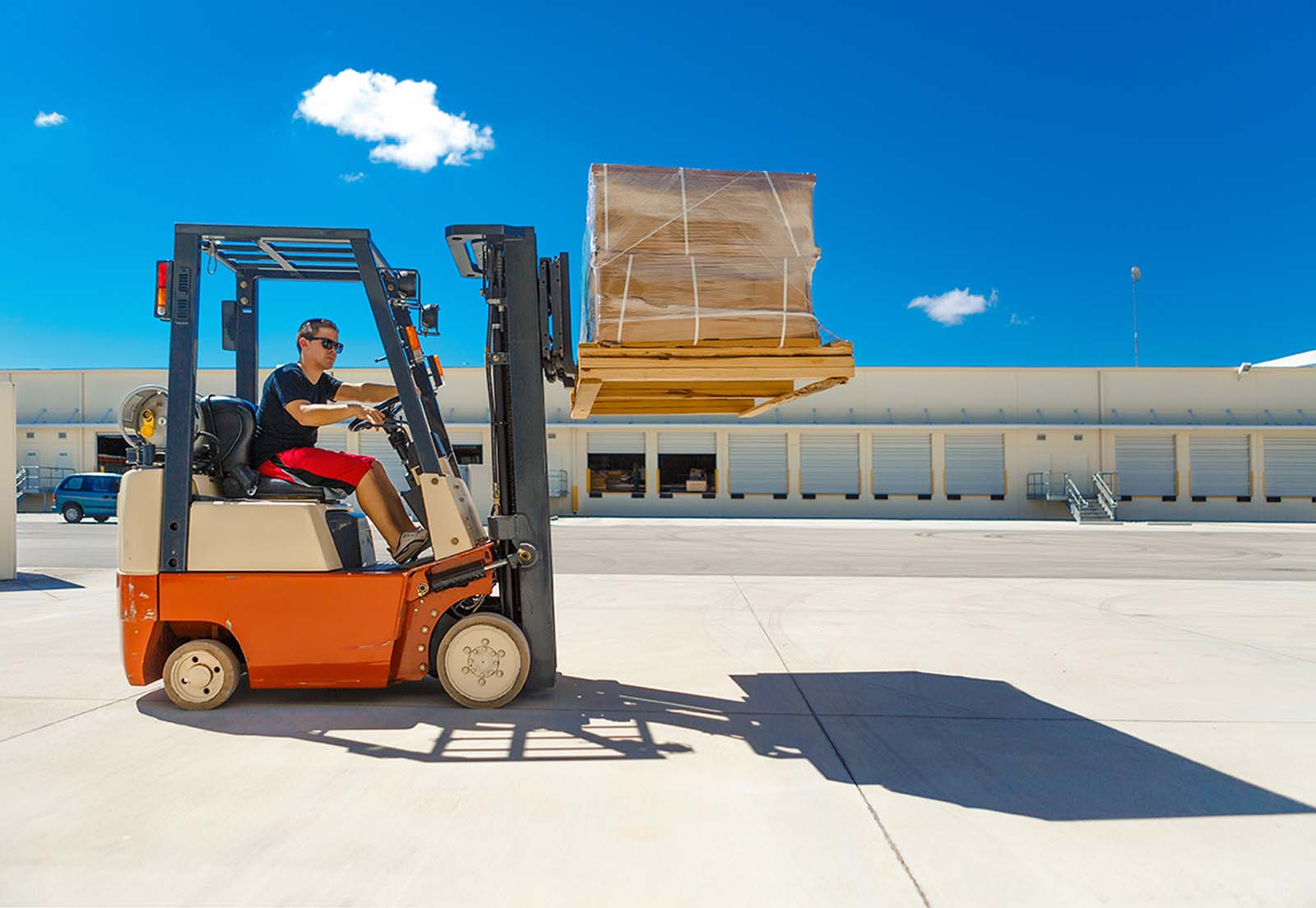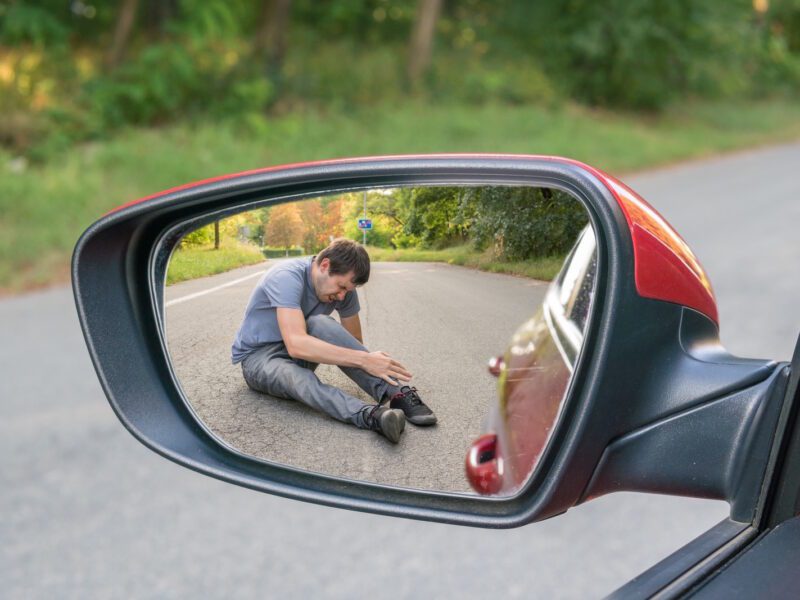
You can drive a car, so can you drive a forklift?
So you’ve passed your car licence and you’ve found that it’s a gateway to many more job opportunities, but does that mean you can drive other types of wheeled machinery that you would find in a warehouse, yard or factory?
The most common types of material handling equipment you’ll come across in the workplace are powered lift trucks, or forklifts.

What do you need in order to drive a forklift?
To drive a forklift, you’ll need a forklift licence and permission from your employer. This takes many different forms, depending on your country of residence, but the usual requirements are to do a theory test and a practical test to prove you are competent. This will cover you under your local health and safety laws, as long as the training meets the required standard and that it is refreshed periodically. A car licence may not be necessary if the forklift is only driven on private property.

Is driving a forklift like driving a car?
Forklifts are completely different to cars.
- They steer from the rear axle which means that when you turn, the rear of the forklift swings out. This often catches new drivers out who end up hitting the counterbalance (the rear) of the forklift into racking or posts.
- They have no suspension and are bumpy to drive on surfaces that aren’t smooth
- They are unstable when not loaded – all the weight is in the counterbalance. Once the forklift is loaded, then it becomes more stable.
- They have massive blind spots behind the mast – the driver must be constantly aware of obstacles like narrow poles and even other forklifts driving towards them. It’s not uncommon for new drivers to run straight into an object without having ever seen it because it’s in one of the blind spots.
- Forklifts are slow. Most are limited to around 15kph because they are used in areas with pedestrian traffic.
- Forklifts have terrible brakes and don’t stop quickly.
- Forklifts tip over easily if the driver tries to drive with a load raised in the air, or turns too sharply.
- Most forklifts don’t have an enclosed cabin, meaning they are exposed to the cold in winter and the heat in summer.
- Forklifts run on a range of fuels such as LPG, hydrogen, diesel, batteries and petrol – some refuelling methods require special training.
- Forklifts must have a pre-start inspection at the beginning of each shift.
- Forklifts weigh a lot. Even a small forklift weighs more than a car. A forklift capable of lifting three tonnes could weigh upwards of 4.5 tonnes.

What other machinery can be driven using a car licence?
Many farming machines can also be driven on the road with a car licence, such as tractors and some specialist vehicles that weigh under a certain amount, such as telehandlers.
If they are used only on private property, the driver might not require a car licence. Larger farm implements such as combine harvesters and pea viners will need a heavy vehicle licence and/or special licence endorsement to drive on the road.

Other machinery used in industry and ports, such as straddle carriers, reach stackers and empty container handlers might need a heavy vehicle licence or a special licence endorsement due to ports being considered as public roads in many areas.







